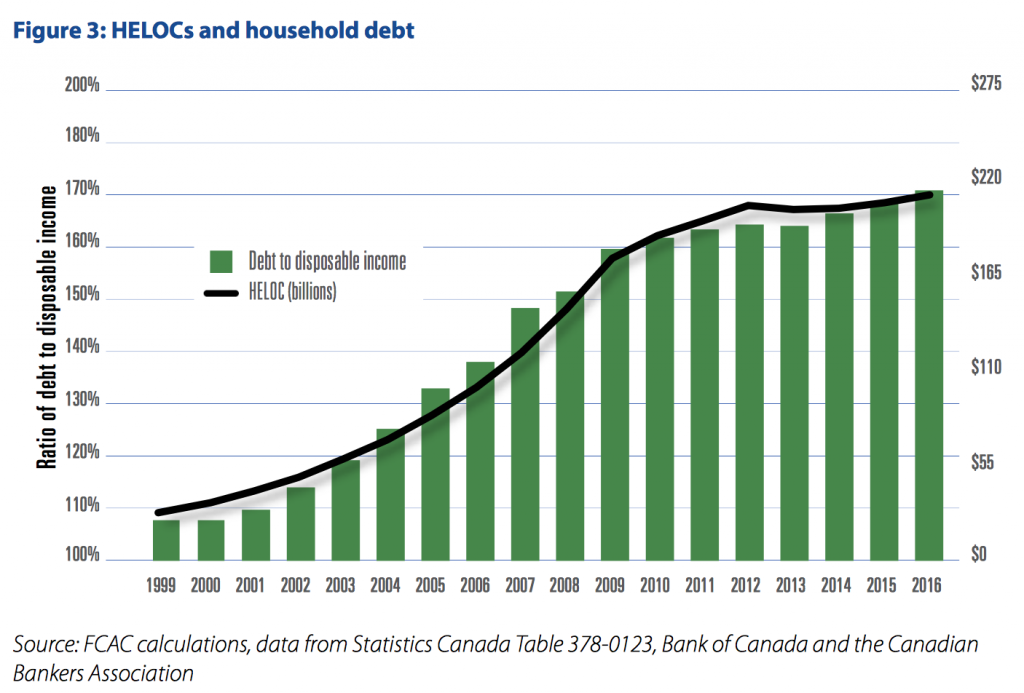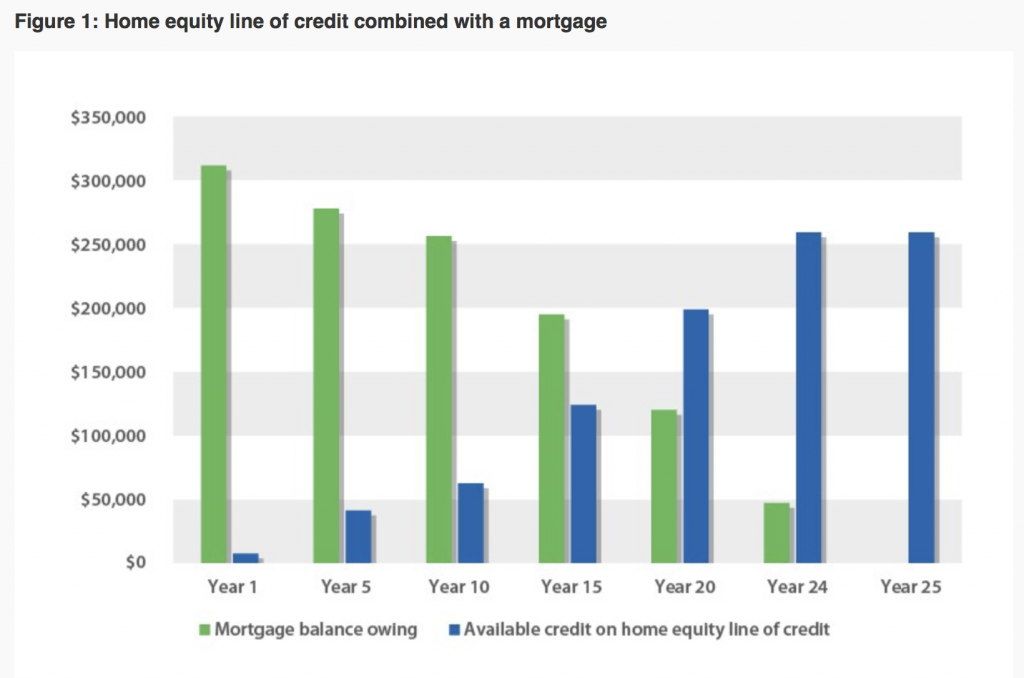Home equity lines of credit push Canadians into debt
Regulators warn not to use your home as an ATM
Advertisement
Regulators warn not to use your home as an ATM

 Bottom line: The potential impact depends on what exactly consumers are doing with the money they borrow against their homes. If they are borrowing at 4% and investing it in the stock market and making 10% then they come out ahead. If real estate prices keep rising quickly, they can also come out ahead. But if they are spending them on vacations, home renos or buying a boat, that could backfire. And the risks rise sharply if housing prices drop substantially, leaving your payments the same but reducing your equity. A bigger risk would be a double whammy of higher interest rates and a decline in real estate values. And a triple whammy would be borrowing to invest in the stock market, then watching stocks fall, rates rise and housing prices drop. That’s how leverage can bite. Visit the FCAC’s site to learn more about fees, disclosures and other risks of using HELOCs.
Read more:
Bottom line: The potential impact depends on what exactly consumers are doing with the money they borrow against their homes. If they are borrowing at 4% and investing it in the stock market and making 10% then they come out ahead. If real estate prices keep rising quickly, they can also come out ahead. But if they are spending them on vacations, home renos or buying a boat, that could backfire. And the risks rise sharply if housing prices drop substantially, leaving your payments the same but reducing your equity. A bigger risk would be a double whammy of higher interest rates and a decline in real estate values. And a triple whammy would be borrowing to invest in the stock market, then watching stocks fall, rates rise and housing prices drop. That’s how leverage can bite. Visit the FCAC’s site to learn more about fees, disclosures and other risks of using HELOCs.
Read more:
Share this article Share on Facebook Share on Twitter Share on Linkedin Share on Reddit Share on Email